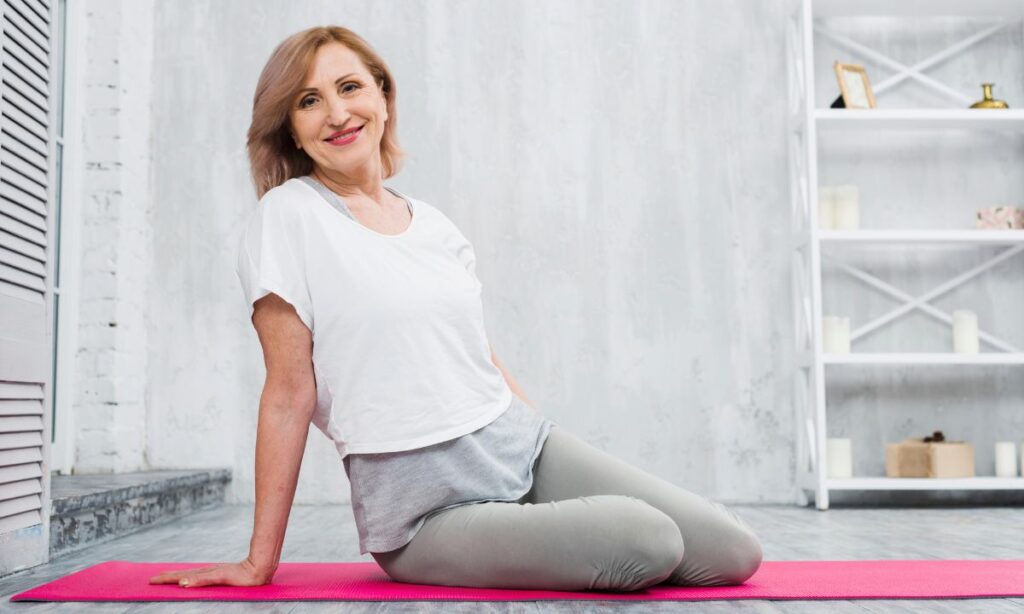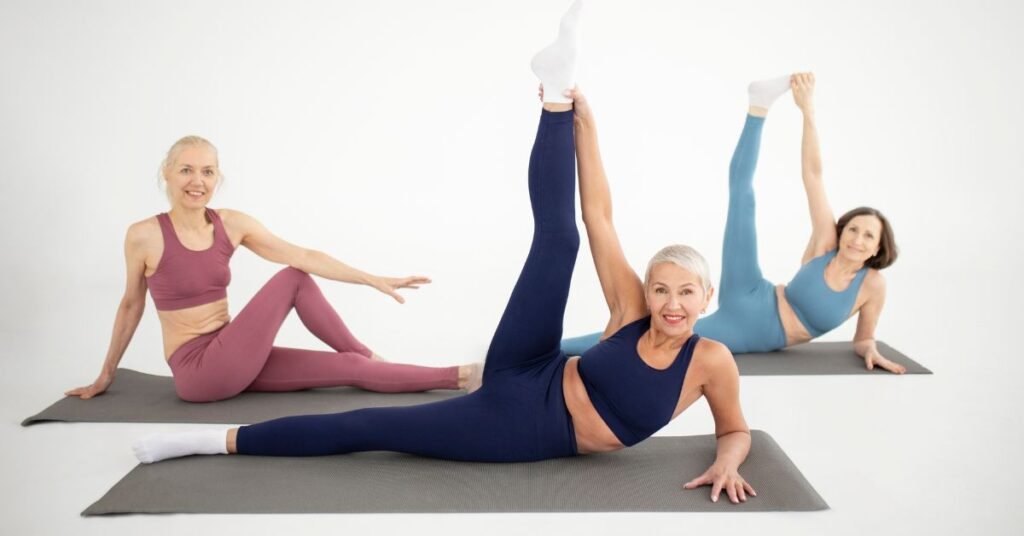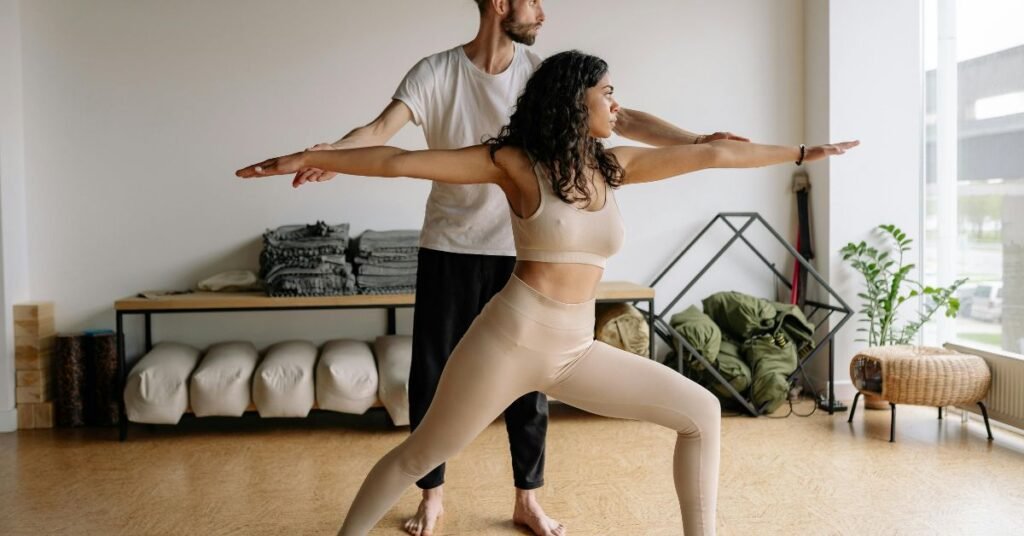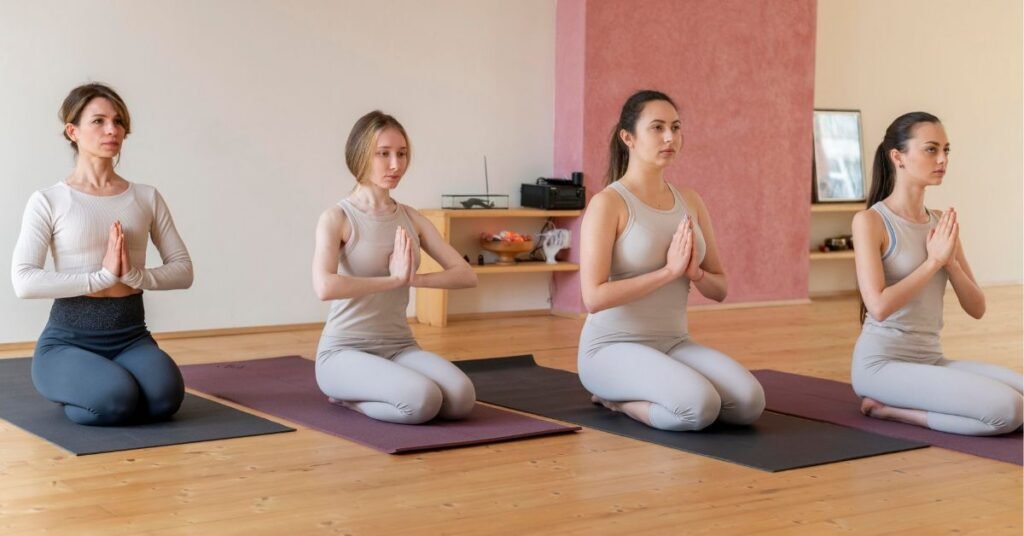Introduction: Finding Strength Through Yoga
A cancer diagnosis can turn a person’s world upside down. The journey through treatment and recovery can be physically and emotionally exhausting. But what if there was a natural, gentle way to regain strength, reduce stress, and improve overall well-being? That’s where yoga comes in.
Yoga is an ancient practice that connects movement, breath, and mindfulness. For cancer patients and survivors, it can be a powerful tool for healing. But with so many different types of yoga, you might wonder: What type of yoga is best for cancer patients? And more importantly, what are the benefits of yoga for cancer patients? Let’s dive in and explore how yoga can offer comfort, strength, and a renewed sense of hope.
The Best Types of Yoga for Cancer Patients
Not all yoga styles are the same. Some are more vigorous, while others focus on relaxation and gentle movement. Cancer patients need a style that is soothing, safe, and supportive. Here are the best types of yoga for those undergoing treatment or in recovery:
1. Restorative Yoga – Deep Relaxation
Restorative yoga focuses on deep relaxation, using props like blankets, bolsters, and blocks to support the body in passive poses. This allows the body to fully relax and recover without exertion.
Why it’s good for cancer patients:
- Reduces stress and anxiety
- Eases fatigue
- Encourages deep breathing, which helps with oxygen flow
2. Gentle Hatha Yoga – Soft and Slow
Hatha yoga is a slow-paced style focusing on simple postures and breathing techniques. It’s a great starting point for beginners or those recovering from illness.
Why it’s good for cancer patients:
- Improves flexibility and strength without strain
- Encourages mindfulness and relaxation
- Helps with pain management
3. Chair Yoga – Seated and Supportive
Chair yoga is perfect for individuals with limited mobility or those experiencing fatigue. It modifies traditional yoga poses to be done while seated or using a chair for support.
Why it’s good for cancer patients:
- Increases circulation and flexibility
- Reduces joint pain
- Accessible for all energy levels
4. Yoga Nidra – Guided Meditation for Deep Healing
Yoga Nidra, also known as “yogic sleep,” is a form of guided meditation that helps induce deep relaxation. It’s like taking a nap while still being conscious.
Why it’s good for cancer patients:
- Helps with insomnia and sleep disturbances
- Reduces anxiety and depression
- Promotes inner peace and healing
5. Breathwork (Pranayama) – The Power of Breath
Breath control techniques, known as pranayama, can help cancer patients manage stress, increase lung capacity, and enhance energy levels.
Why it’s good for cancer patients:
- Calms the nervous system
- Improves oxygen flow to tissues
- Boosts mood and mental clarity
Readmore: How Ayurveda and Yoga Work Together for Holistic Healing
Readmore: Family Yoga: Fun and Easy Poses to Do with Kids
The Benefits of Yoga for Cancer Patients
Yoga is more than just stretching – it’s a holistic practice that benefits the body, mind, and spirit. Here are some of the most powerful benefits of yoga for cancer patients and survivors:
1. Reduces Stress and Anxiety
Cancer treatment can be overwhelming. Yoga helps calm the nervous system and reduce stress hormones, bringing a sense of peace.
2. Improves Sleep Quality
Many cancer patients struggle with insomnia. Gentle yoga and meditation can help improve sleep patterns, making it easier to rest and recover.
3. Eases Pain and Discomfort
Yoga can help reduce chronic pain by improving circulation, releasing tension, and promoting relaxation.
4. Boosts Energy Levels
Fatigue is a common side effect of cancer treatment. Practicing yoga can help increase energy by improving blood flow and reducing exhaustion.
5. Enhances Emotional Well-Being
A cancer journey is emotionally challenging. Yoga promotes emotional balance, helping patients feel more centered and hopeful.
6. Supports Immune Function
Studies suggest that yoga can help boost the immune system, which is crucial for cancer patients recovering from treatment.
7. Encourages Mindfulness and Positivity
Living in the moment can be challenging when dealing with illness. Yoga encourages mindfulness, helping patients appreciate small joys and stay present.
Readmore: How to Do Low Boat Yoga Pose
Readmore: 5 Yoga Practices to Support Trauma Recovery
How to Get Started with Yoga
If you’re new to yoga, here’s how to begin safely and comfortably:
- Start Small – Even 5-10 minutes of gentle stretching or breathing exercises can make a difference.
- Listen to Your Body – Don’t push yourself. If a pose feels uncomfortable, skip it or modify it.
- Find a Supportive Instructor – Look for yoga classes designed for cancer patients or instructors with experience in therapeutic yoga.
- Use Props – Blankets, pillows, and chairs can make poses more comfortable.
- Focus on Breath – Deep, slow breathing is just as important as movement.
- Create a Calming Space – Practice in a quiet area with soft lighting and soothing music.
Frequently Asked Questions (FAQs)
Q1. Is yoga safe for cancer patients?
Yes, yoga is generally safe for cancer patients when practiced under the guidance of a trained instructor. It’s important to choose gentle and restorative styles that accommodate individual needs.
Q2. How often should a cancer patient do yoga?
This depends on energy levels and personal comfort. Even practicing for 10-15 minutes a day can bring benefits. Patients should listen to their bodies and avoid overexertion.
Q3. Can yoga help with cancer-related fatigue?
Yes! Yoga improves circulation, increases energy levels, and reduces stress, all of which can help combat fatigue.
Q4. Are there any poses cancer patients should avoid?
Intense or physically demanding poses (such as headstands or deep backbends) should be avoided. Patients should also be cautious with poses that put pressure on areas affected by treatment, like surgery sites or radiation burns.
Q5. Can yoga help with chemotherapy side effects?
Yes. Yoga can alleviate nausea, anxiety, and insomnia, which are common side effects of chemotherapy. Breathwork and gentle movement can support overall well-being.
Q6. Do I need special equipment for yoga?
No, but using props like bolsters, blankets, and chairs can make poses more comfortable and supportive.
Readmore: Ultimate Guide to 2 Person Yoga Poses
Readmore: 5 Person Yoga Poses
Conclusion: Embracing Yoga as a Healing Tool
Yoga is a gentle yet powerful way to support the body and mind during and after cancer treatment. Whether it’s reducing stress, improving sleep, or helping with pain, yoga offers countless benefits for cancer patients and survivors.
So, if you or a loved one are going through this challenging journey, why not give yoga a try? Start slow, be kind to yourself, and let yoga be a source of strength, peace, and healing.
Remember: You are stronger than you think. Breathe, stretch, and heal—one gentle movement at a time.

Sonu is a passionate yoga teacher with over 6+ years of experience helping individuals find balance, strength, and inner peace through the transformative power of yoga. As the creator of Pure Yoga Vibes, Sonu shares expert insights, inspiring practices, and a wealth of knowledge to support your wellness journey. Dedicated to creating a space for growth and mindfulness, Sonu’s mission is to make yoga accessible and enjoyable for everyone. For inquiries or collaborations, feel free to reach out at contact@pureyogavibes.com.



